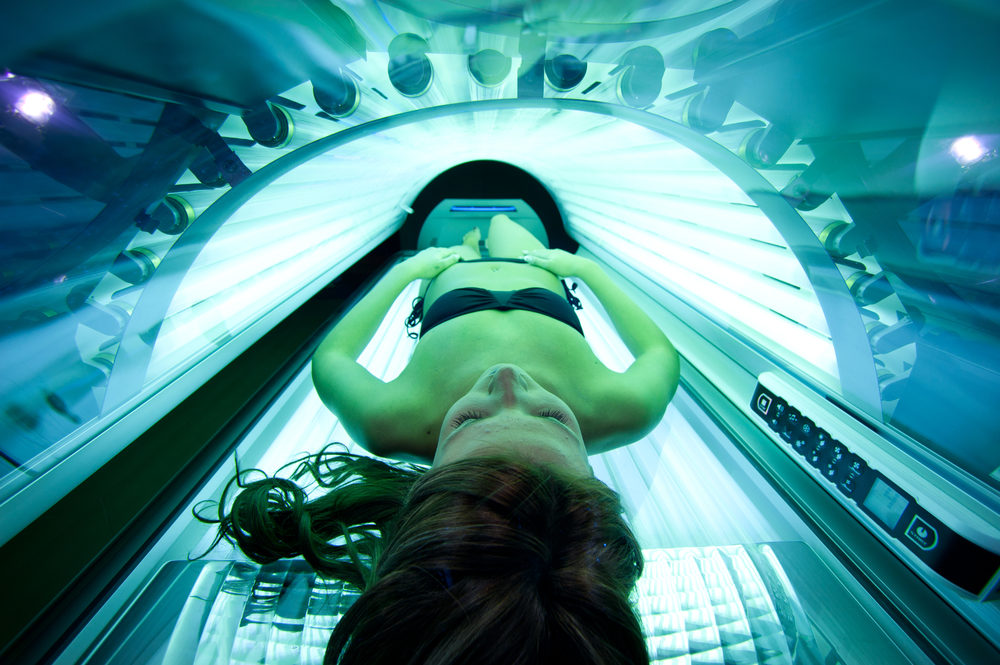Indoor Tanning Linked to Increased Melanoma Rates Among Young Women: Study

Nearly 80,000 Americans will be diagnosed with melanoma this year, and about 10,000 will die, according to an analysis of recent research that suggests women who tan indoors before the age of 30 have a six times higher risk of developing the skin cancer.
In a report published this week in the Journal of the American Medical Association (JAMA). researchers warn that a strong link between indoor tanning and a higher incidence of melanoma among young women is resulting in thousands of diagnoses and deaths.
Melanoma represents a small fraction of the cases of diagnosed skin cancers, involving less than five percent overall. However, melanoma accounts for about 75% of deaths from all skin cancers.

Did You Know?
Millions of Philips CPAP Machines Recalled
Philips DreamStation, CPAP and BiPAP machines sold in recent years may pose a risk of cancer, lung damage and other injuries.
Learn MoreResearchers said the incidence of most solid tumors decreased between 1975 and 2012. Yet, the incidence of melanoma increased approximately three percent each year.
Melanoma is also a costly disease. The average annual cost for melanoma treatment increased 3-fold. That cost jumped from an estimated $0.86 billion to $3.35 billion.
Young Women At Risk
A study published in March, which formed the basis of this latest report, focused on more than 680 women between the ages 25 to 49, who were compared to 654 control patients without melanoma. Those researchers concluded, among women who had melanoma, those who were younger than 40 had begun indoor tanning at a much younger age, age 16 compared to age 25.
In the March study, nearly all the women who had melanoma, about 97 percent, who were diagnosed at an age younger than 30, also had frequently tanned indoors. All of those women had tanned before the age of 25 and about 90% frequently tanned indoors, about 10 times or more a year.
Women younger than 40, compared to women ages 40 to 49, tanned more frequently indoors, with an average of 100 sessions compared to 10 for the women over 40.
Ultimately, women younger than 30 were 6 times more likely to have melanoma than the control group if they tanned indoors. But melanoma isn’t the only risk. Other studies have shown a link between increased risk of developing other types of skin cancer, such as basal cell carcinoma, and tanning bed use, especially when tanning begins at an early age.
The melanoma incidence has risen among women younger than 50 over recent years. The risk of getting melanoma is the highest among women 30 to 49.
A 2013 study concluded young white women frequently ignored the risks associated with indoor tanning, putting them at undue risk of developing melanoma and death.
A study published in the journal Cell indicated indoor tanning often has an addictive effect, especially among teens and young adults. Indoor tanners often experience a physical dependence from the experience of indoor tanning, putting them at increased risk.
The alarming melanoma statistics have many health officials calling for stronger indoor tanning regulations. An editorial written by physicians in 2015 called for more stringent FDA tanning bed restrictions to help protect the nation’s youth.
In 2014, the FDA issued new regulations requiring strong health warnings for minors on tanning bed lamps, yet many say that did not go far enough. Some states and cities have enacted bans on the use of tanning beds for those under the age of 18. Some legislators have pushed for such bans to be nationwide.
Get more articles like this sent directly to your inbox.
"*" indicates required fields




0 Comments